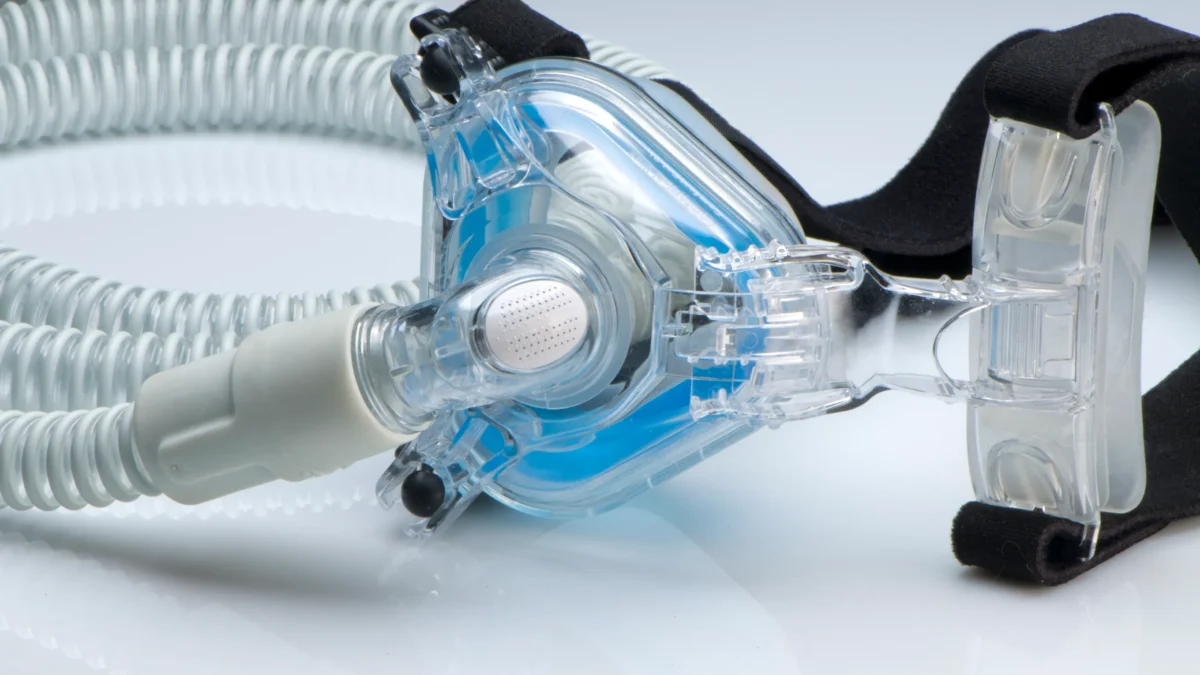Asthma, COPD, and other respiratory disorders require effective management to ensure patients lead normal, active lives. Among the various tools and techniques available for managing such conditions, continuous nebulizers stand out for their efficacy and efficiency. Continuous nebulizers are designed to deliver medication steadily and reliably, which is crucial for patients who require ongoing relief from respiratory symptoms. This article explores the role of continuous nebulizers in respiratory care, their benefits, and how they compare to other nebulization systems.
What are Continuous Nebulizers?
Continuous nebulizers are medical devices used to administer medication in the form of a mist that is inhaled into the lungs. Unlike traditional nebulizers that deliver medication in short bursts, continuous nebulizers provide an uninterrupted flow of medication over an extended period, typically ranging from 1 to 2 hours. This continuous delivery system is particularly beneficial for patients experiencing severe asthma attacks or those with COPD who suffer from persistent respiratory distress.
How Do Continuous Nebulizers Work?
The mechanism of a continuous nebulizer involves a small compressor that converts liquid medication into aerosol droplets, which can be easily inhaled. This aerosol is then delivered to the patient through a mask or a mouthpiece. The key feature of continuous nebulizers is their ability to deliver medication continuously without needing manual intervention, or frequent medication reloads. This allows for sustained medication levels in the lungs and helps maintain open airways for prolonged periods.
Advantages of Using Continuous Nebulizers
- Enhanced Medication Absorption: By delivering medication continuously, these nebulizers ensure that the medication is more evenly distributed within the lungs. This improves the absorption of the medication, leading to more effective treatment outcomes.
- Improved Patient Compliance: The ease of use and the efficiency of continuous nebulizers can lead to better patient compliance, particularly in children and elderly patients who might find it difficult to use traditional inhalers.
- Reduced Hospital Visits: For patients with severe respiratory conditions, continuous nebulizers can reduce the frequency of hospital visits by providing effective management of symptoms at home.
- Ideal for Critical Care: In hospital settings, continuous nebulizers are invaluable for providing patients with consistent doses of medication without interruption, which is crucial for those in critical condition.
Clinical Applications of Continuous Nebulizers
Continuous nebulizers are not just beneficial for home use; they are also critical in clinical settings. They are often used in emergency rooms and intensive care units where patients might not be able to use handheld inhalers due to their medical condition. In such settings, continuous nebulizers facilitate the rapid stabilization of patients by ensuring they receive medications without delay.
Choosing the Right Continuous Nebulizer
When selecting a continuous nebulizer, it is important to consider several factors:
- Medication Compatibility: Ensure that the nebulizer is compatible with the medications prescribed, as some medications may require specific types of nebulizers.
- Portability: For patients who travel often or need to carry their nebulizer with them, choosing a lightweight and portable model is essential.
- Ease of Use: The device should be easy to assemble and operate, especially for elderly users or those who might be using it without professional help.
- Maintenance: Look for nebulizers that are easy to clean and maintain, as proper hygiene is crucial to prevent infection.
Continuous Nebulizers vs. Intermittent Nebulizers
While intermittent nebulizers are effective for many patients, continuous nebulizers provide a significant advantage for those requiring prolonged and intensive treatment. The main difference lies in their capacity to deliver medication continuously, which is particularly beneficial for severe cases of respiratory distress where steady medication flow can make a substantial difference in patient outcomes.
Conclusion
Continuous nebulizers represent a significant advancement in respiratory care, offering sustained medication delivery that can greatly improve the quality of life for individuals with chronic respiratory conditions. By ensuring that patients receive a consistent dose of medication, these devices play a critical role in managing symptoms, reducing the need for emergency care, and allowing patients to enjoy a more active lifestyle. For anyone struggling with severe respiratory issues, continuous nebulizers are a valuable tool in the management of their health.


